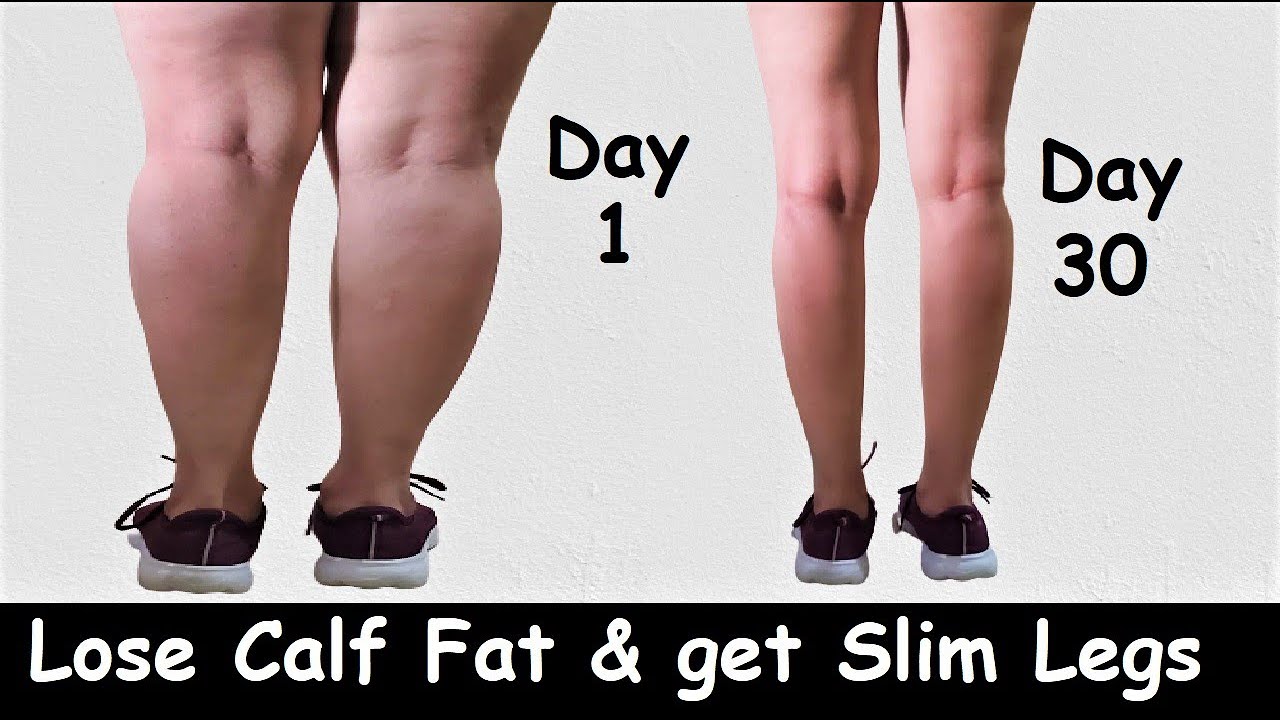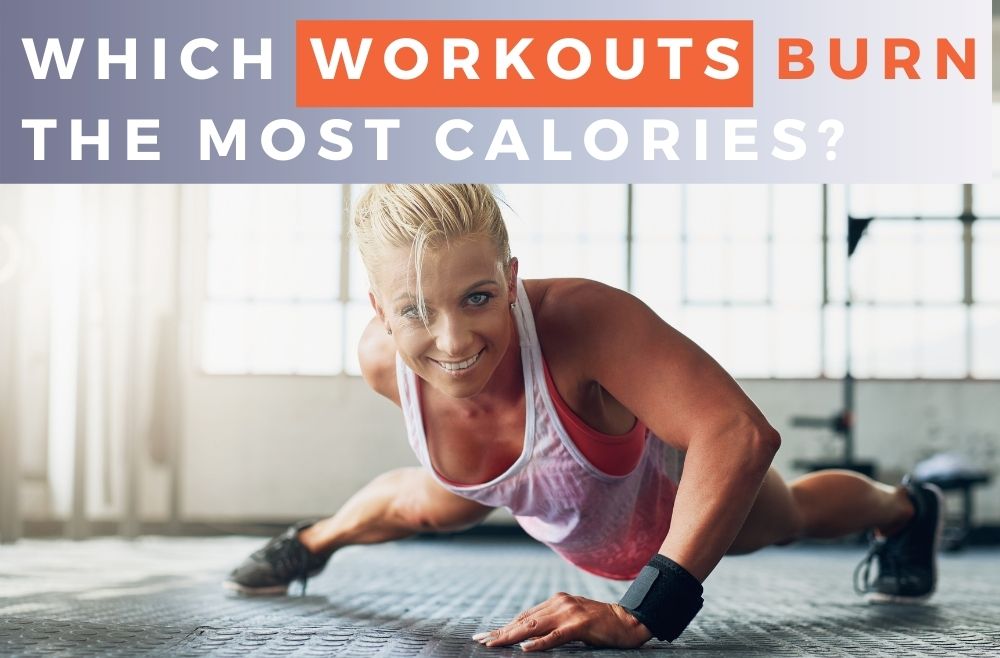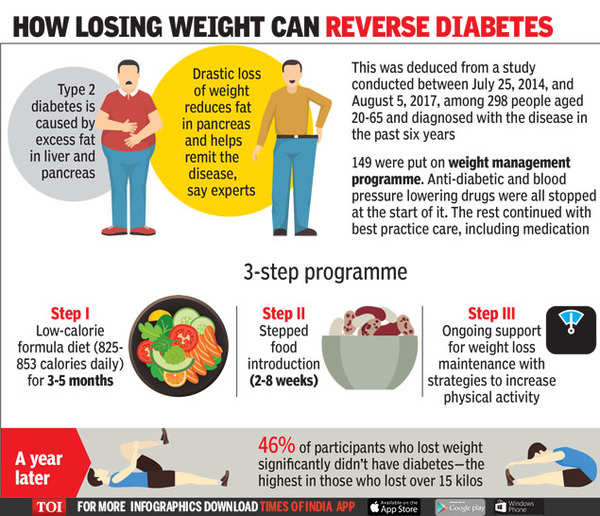
LISS and HIIT are two types of cardio. Both types of cardio are designed to build strength, muscle mass, and aerobic endurance. Both can benefit your overall health. Beckwith Health Club's personal trainers can help you determine the best cardio combination to maximize your results. We also provide individual training and nutritional guidance to help you stay on track with your fitness goals.
Cardiovascular disease of low intensity
LISS cardio is safer than high-intensity, interval training (HIIT). It's ideal for beginners. LISS exercises last for between 30 minutes and 60 minutes. They are very gentle on the lungs, joints, muscles, as well as your muscles. They are also very effective for endurance training. LISS cardio is less intense but will require more time. LISS cardio workouts are great for beginners because they can be done anywhere and are easier to understand.

It is a great way of increasing stamina
LISS cardio - This is a low-intensity, slow state cardio training that puts less strain on your heart. This is a great way to recover from a tough workout. Liss cardio sessions can last 45 to 60-minutes. It can be monotonous at first so you might consider joining a group or using music to keep your motivation up. LISS is a good option to start a new fitness routine.
It improves metabolism
LISS cardio is an excellent way to increase metabolism. LISS cardio doesn't require expensive equipment. LISS cardio requires no rest periods and is an intense form cardiovascular exercise. LISS cardio is much more intense than HIIT cardio which has 20 second rest periods. This workout is great for people who are just starting to get into physical activity. LISS can easily be incorporated into your training program and you will reap the benefits of cardio and recovery. LISS has many mental and stress-reduction benefits.
It helps improve mood
There is no doubt that intense workouts can negatively affect mood. A low-intensity workout will make you more relaxed, but an intense session can increase your negative emotions and cause problems with your fitness goals. Try switching to low-intensity exercise instead of high-intensity. This will combat the negative emotions. You can push yourself harder when you feel reactive, but not too much.
It repairs overworked muscle
LISS (low intensity strength training) is an effective recovery exercise that pumps blood throughout the body. It also removes metabolic waste products which results in increased recovery and less soreness. LISS can be used by anyone of any fitness level to help them start and sustain a balanced exercise routine. Not only does it provide a cardiovascular workout, but it also helps to recover overworked joints and provides many mental benefits.

It boosts hormone response
Research has shown that Liss cardio is better at burning fat than high intensity workouts. It is suitable for all fitness levels and endurance events. LISS and HIIT have both their strengths and weaknesses, so it's a good idea to talk with a doctor before you start an exercise program. For people with cardiovascular problems or other fitness issues, Liss Cardio is recommended.
FAQ
How can busy people lose their weight?
You can lose weight by eating less and moving more.
You will gain weight if your eat too much. You will gain weight if exercise isn't enough. You can start losing weight if you combine these simple habits.
How can you lose weight?
People who are looking for a way to look good and lose weight are the top goals. The main reason why people want to lose weight is that they want to feel healthier and live longer. There are many options for losing weight. Cardio training, strength training yoga, pilates running, swimming and cycling are just a few of the options. Each type of exercise comes with its own set of benefits and drawbacks. For example, if you want to burn calories, then walking would be your best option. However, if you want to build muscle mass, then lifting weights would be the best choice. In this article, we'll discuss how to lose weight and which exercise to choose.
What kind of diet plan should you follow when trying to lose weight? There is no need to eat less; you can eat fewer processed foods, and avoid junk food. At least 2200 calories is recommended daily. You can lose weight quicker if you reduce your calorie intake. This will make it easier to lose weight.
Start exercising if you want to quickly lose weight. Exercise helps to reduce calories and improve metabolism. A healthy diet and exercise are key to losing weight. You will lose weight by exercising. Regular exercise will help you burn more fat. Regular exercise is a great way to keep fit and healthy. You stay fit and help prevent diseases like diabetes, heart disease, hypertension, and obesity.
It is important to get as much exercise as you can. Walking can burn around 500 calories an hour. A walk of 30 minutes per day can help you to burn approximately 1500 calories. You will therefore lose approximately 1 pound per week. You can also run/jog for 10 minute. Running burns around 1000 calories per hour. Running for 20 minutes should be done three times per week if you are trying to lose 5lbs in 3 weeks.
It is important to combine healthy eating habits with exercise to lose weight. It is important to strike a balance among these two.
How long do I need to fast for weight loss?
The answer is not as simple as you might think. For optimal fat loss, you need to take into account many factors. These are:
-
Your age. If you are younger than 40, intermittent fasting might be too difficult because you have less time for recovery after each fast. If you are older than 60, you might find it difficult to maintain a prolonged period of daily fasting.
-
Your current body composition. You'll be most successful if you have lots of muscle mass. However, if you have little muscle mass, then shorter periods of fasting may be better suited for you.
-
How physically active. You may need to increase your fasting time if you exercise often. This will ensure you get enough rest between workouts.
-
Your past medical history. Patients with certain medical conditions, such as heart disease, diabetes, or cancer, may need additional fasting monitoring.
-
How do stress and anxiety affect you? Stressful situations often cause us to eat more. You might need to lengthen your fasting windows in order not to have this problem.
-
It is the type of diet you are following. Certain diets, like ketogenic diets, may require even longer fasting periods.
-
The quality of your sleep. Lack of sleep has also been linked to increased appetite and decreased metabolism. It might take some time to find what works best for your needs.
-
The amount of protein that you consume. Consuming more protein helps to stabilize blood sugar levels. This could lead to lower insulin levels. This would allow you to fast for longer periods of time.
-
No matter if you are trying gain or lose weight. People trying to gain weight often need longer fasting periods than people trying to lose weight.
-
What proportion of calories do your fasting hours allow you to consume? Fasting for fewer calories per days may lead to greater fat loss than fasting with more calories.
-
Your overall fitness level. Fasters who are very fit tend to have higher metabolic rates, which allows them to burn more calories throughout the day.
-
Your gender. Men typically have larger appetites than women, so they may need to fast for slightly longer periods of time. Women have smaller appetites than men, so they may need to fast just 20-30 minutes each day.
-
Your lifestyle. Do you exercise a lot? Do you exercise multiple times a week or do you just go to the gym? Does your job involve sitting at a desk all day long? These things could impact the speed at which you should go.
-
How much do you spend per month on food? It doesn't always mean that you should spend a lot of money on groceries if you eat healthy foods. You can save money by buying whole grains instead of white bread, fruits instead of candy bars, and lean meats instead of fatty cuts.
-
It's important to manage your hunger. Fasting may not be necessary if you don't want skip meals.
Statistics
- Among women, the increase in metabolic rate was nearly 4%, or 50 more calories per day (14Trusted Source (healthline.com)
- It's estimated that half of all American adults attempt to lose weight every year (1Trusted (healthline.com)
- According to Harvard Health, it's estimated that a 155-pound (70-kg) person burns roughly 112 calories per 30 minutes of weight training (5). (healthline.com)
- A 12-week study in 20 women with obesity found that walking for 50–70 minutes 3 times per week reduced body fat and waist circumference by an average of 1.5% and 1.1 inches (2.8 cm), respectively (healthline.com)
External Links
How To
How to exercise for weight loss
One of the best ways you can lose weight is to exercise. However, many people do not know how to exercise correctly. Cardio exercises like running, cycling and swimming should be combined with strength training exercises like pulling ups, pushups and squats. Combining these two types is the best way for you to lose weight. Find friends who are open to joining you on your exercise journey. You have two options: you can join a gym or just walk around your neighborhood. Whatever type of activity you choose, make sure that you stick with it consistently. It's easy for things to go wrong when you start exercising. Keep going.